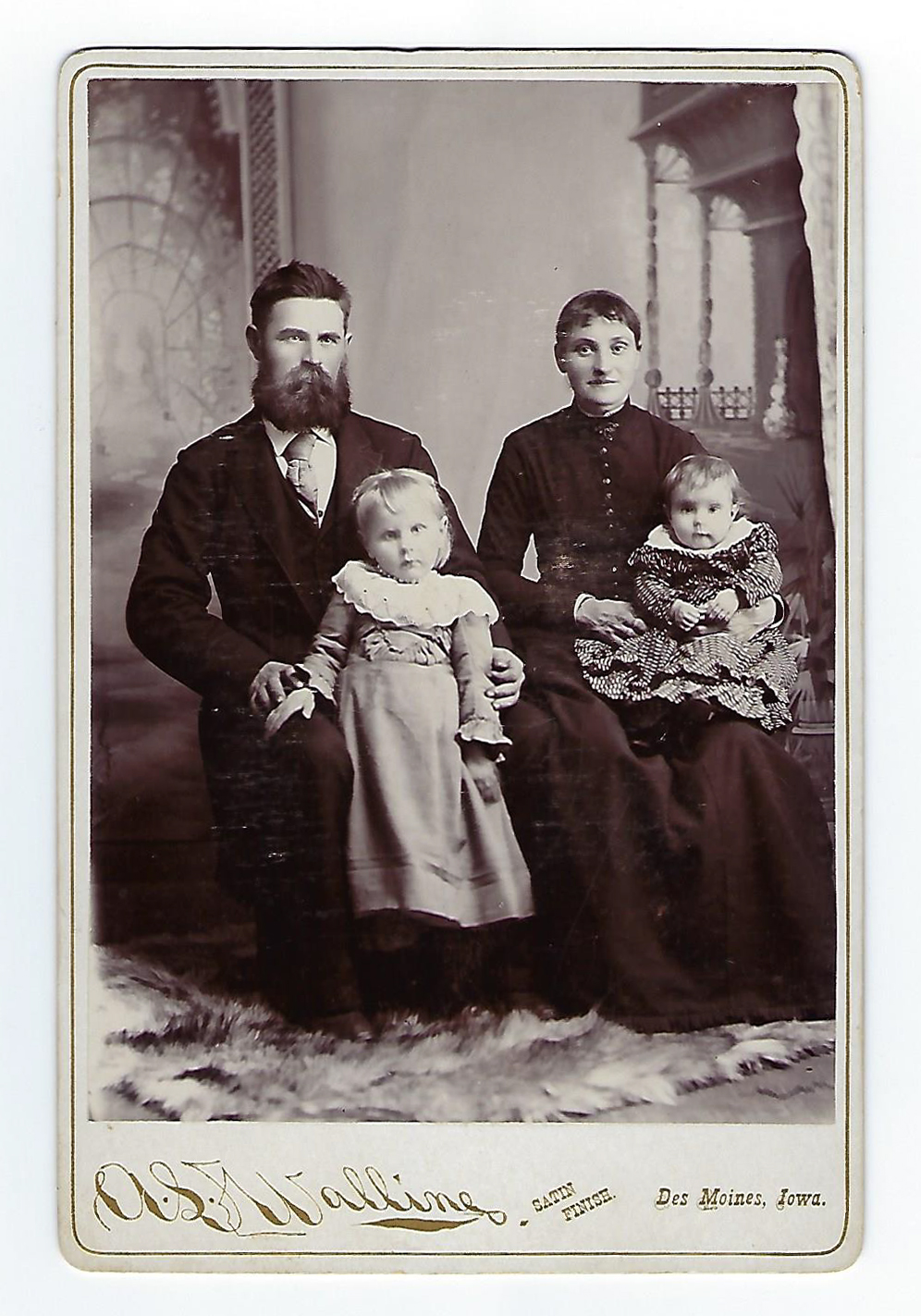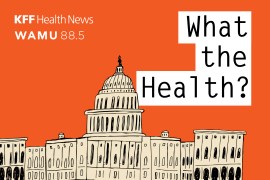Letters to the Editor is a periodic feature. We welcome all comments and will publish a selection. We edit for length and clarity and require full names.
‘Solo Agers,’ Join the Crowd!
Enjoyed your panel discussion (Watch: ‘Going It Alone’ — A Conversation About Growing Old in America, Dec. 12). I am 85, retired at 55. Traveled (birding) in 65 countries. In 2010, I created the First Friday Ideas Salon. We just had our 171st gathering, via Zoom. I curate each gathering. Last month, we hosted a conservator and a scientist from the Getty Museum. The month before: a Caltech professor on robotics. I have had many professors, a Nobel Prize winner, MacArthur Foundation “genius grant” recipients, a presidential candidate, etc.
Recently, I became interested in the issue of how retirees whose professions defined their persona can, after age 80, as a “senior senior,” continue to be a person of substantiality. I created the Glorious Age of Aging to look at this issue over six hourlong meetings over three months. The focus was on “action steps.”
So, for me, as a “solo ager,” the key has been to take action. That said, I worry about the time when my body does not keep up with my mind. Actually, I would say my body has declined and my ability to take care of things required in my life. So, I have prepared food delivered. I hire people to help with my beloved succulent garden and with other chores — so far, young people in my neighborhood. I live in Los Angeles with famously poor public transportation. I use Uber as well as drive. So I wonder if I will be able to continue to find services that will support my living alone. And the real worry is the process of dying — not death — I do not worry about that. Recently, I have decided that I need to create an “intentional community,” which will be there when I need it. I am just beginning to think about how to do this.
— Edna R.S. Alvarez, Los Angeles
A social services agency that has been delivering meals to homebound seniors in all five of New York City’s boroughs for 43 years weighed in on X:
— Citymeals on Wheels, New York City
Keeping Pace With Solo Agers
As Judith Graham makes clear (“Going it Alone: Homebound Seniors Living Alone Often Slip Through Health System’s Cracks,” Dec. 2), more Americans are living on their own as they age, relying on a patchwork of health care services to get by.
That’s why the Program of All-Inclusive Care for the Elderly (PACE) is so critical to this conversation. PACE helps older Americans — 91% of whom are 65 or older and have chronic health conditions — stay safe and healthy in their own homes.
The program offers at-home assistance with daily tasks, like dressing, bathing, and eating, and transportation to the PACE day center, where participants can socialize and receive medical care. Unlike other settings, the PACE program coordinates all aspects of a participant’s care, from scheduling medical appointments to providing meals and nutritional advice.
PACE physicians and nurse practitioners’ comprehensive approach to care benefits those who are homebound and may not otherwise have an in-home caregiver to rely on. PACE is also a particularly promising option for those with dementia, as the program allows older adults to receive memory care in the comfort and familiarity of their homes.
It’s also more affordable than many alternative care options. States have reported that PACE costs taxpayers 13% less than the cost of other Medicaid services, all without copays, deductibles, or out-of-pocket expenses for participants.
The program has been quietly transforming our nation’s senior care system, but it remains underutilized. Only a fraction of older Americans are currently eligible for the program, but its benefits can extend far beyond this group. It’s critical for lawmakers to advance policies that expand access to PACE services so that we can set more older Americans up for success as they age at home.
— Jerry Wilborn, chief medical officer of One Senior Care, Erie, Pennsylvania
Gone But Not Forgotten
In February 2023, I came across an article by Tony Leys about the closing of Iowa’s Glenwood Resource Center, which left me reflecting deeply on both the residents who still lived there and those who had passed away and are now buried at the institution. Among them is my great-grandmother, Margarita Hedlund. As I read, I couldn’t help but think about the many people like her, who spent more of their lives at Glenwood than they ever did with their families, and who now rest in the cemetery there.
Nearly two years later, I read another article by Mr. Leys expressing concern for the over 1,300 residents buried in the Glenwood Cemetery and who will take responsibility for maintaining their graves (“After Institutions for People With Disabilities Close, Graves Are at Risk of Being Forgotten,” Nov. 21). The thought of my great-grandmother’s grave and the graves of so many others being neglected is deeply troubling.
Margarita Petterson was born in Sweden in 1866. She came to America as a young child and married Erik Hedlund, also from Sweden. They had five children together, but Erik passed away in 1900, just months before their youngest child was born. My great-grandmother lived with her oldest daughter, but in 1912, for reasons unknown to me, she was sent to Glenwood. She remained there until her death in 1949. Although I knew she had lived at Glenwood, I was never told why, and when I reached out to the institution for information, I received only a brief record. It stated she had a moderate intellectual disability (IQ between 35-49) and died of cirrhosis of the liver. The only other detail I learned was that her son had decided to have her buried in the cemetery there.

I can’t help but feel sadness and frustration that she was buried so far from her husband, who passed away nearly half a century earlier. There are likely many more families with similar stories — of loved ones abandoned or forgotten in a place like Glenwood, with little more than a name and a grave marker to honor them.
Reading about the fate of Glenwood’s residents and the ongoing concern about the cemetery maintenance only deepens my desire to know more about my great-grandmother’s life and her time there. When it’s your own family member, the need for answers is personal. I hope others who may be in the same situation find ways to learn more about their relatives’ lives at Glenwood and that we, as a community, remember and care for those who were forgotten too long.
— Marlys Adkins, Clare, Iowa
Disability Scoop, a 16-year-old news site that offers daily coverage of autism, intellectual disability, cerebral palsy, Down syndrome and other issues vital to the developmental disability community, shared the article on LinkedIn.
ER Care Goes Beyond Doctors
This is an excellent story to remind people to think ahead and utilize urgent care facilities (“Bill of the Month: A Toddler Got a Nasal Swab Test but Left Before Seeing a Doctor. The Bill Was $445,” Nov. 27). But why is this family’s bill surprising? I find it reasonable. There was the all-important initial screening by trained personnel — a child may be more ill than the parent appreciates. The medical history was obtained, temperature and other vitals taken, and swabs for the noted tests. That’s all time and effort that could have been spent on another patient. That’s supposed to be free? Surely you’re not implying that ER staff other than the doctors are worthless.
I remember the ’50s, when our local hospital’s ER staff was “on call.” No charge then if you left before you were seen.
— Gloria Kohut, Grand Rapids, Michigan
An emergency physician in Ontario chimed in on X:
— Raghu Venugopal, Toronto
Watch Your Language
It is too bad that an inflammatory article was written like the one titled “How Measles, Whooping Cough, and Worse Could Roar Back on RFK Jr.’s Watch” (Dec. 6). “Could” is just a speculative word and may be associated with fear-mongering. Your bias seems clear. It’s difficult to find unbiased health-related articles nowadays. I request that you write an article concerning RFK Jr. that is not biased — that is not from Big Pharma’s viewpoint. You aren’t aware that the Centers for Disease Control and Prevention, FDA, and other government agencies are industry-captured?
— Wayne Carpenter, Omak, Washington
An infectious disease specialist and senior scholar at the Johns Hopkins Center for Health Security had this to say on X:
— Amesh Adalja, Pittsburgh
Gathering Intel on Plant-Based Diets
I just wanted to say how much I appreciated your roundup of news about prioritizing plant-based proteins (“Morning Briefing: Eat More Plant-Based Foods, According To Dietary Guidelines Advisory Panel,” Dec. 11). The idea that our food choices can come from a place of ethical consumption seems so removed from much of the world today. So many people have questions and concerns about becoming plant-based — is it healthy? What will my friends and family think? etc. But what your newsletter clearly shows is it’s not about what leaving animal products off one’s plate takes away but instead how much trying a plant-based meal gives to the individuals, the animals, and the environment.
Thank you for inspiring change without creating fear. Our future depends on more coverage like this.
— Sara Crane, Toronto
A Slice of Real Life
I really enjoyed your article “Perspective: Removing a Splinter? Treating a Wart? If a Doctor Does It, It Can Be Billed as Surgery” (Dec. 13). The exact thing happened to our family, and I thought we were an anomaly. My daughter got a 1-centimeter cut above her eye after falling out of bed. I took her to MUSC Children’s Health After Hours Care in Mount Pleasant, South Carolina (basically a doctor’s office that is open late). It’s not an ER or urgent care. When we arrived, the receptionist said, “We don’t do stitches here.” I checked in my daughter anyway since the receptionist said the doctor might be able to apply glue to help keep the cut closed. The doctor cleaned the cut with sterile saline, applied glue, and placed a few Steri-Strips. We were billed for “minor surgery” despite no scalpel, no stitches, no lidocaine. I looked up the ICD-10 code, and sure enough “application of tissue adhesive” is a “minor surgery” code. Our out-of-pocket was around $830 with UnitedHealthcare. I still have all the bills. “Liquid bandage” and Steri-Strips can be purchased at Walgreens.
I’ve never emailed the writer of an article, but this got me fired up! Thanks for bringing this to light.
— Cailin Lutz, Charleston, South Carolina
Continuing the surgical thread on X was a professor of medicine and pharmacy at the University of Pittsburgh:
— Bernie Good, Pittsburgh
As a retired primary care physician, I was often frustrated that my management of complex medical conditions was reimbursed at lower rates than the illustrated splinter, or other “surgical treatments” as mentioned in Elisabeth Rosenthal’s article. However, blaming the physician for this discrepancy is inappropriate. The Centers for Medicare & Medicaid Services has strict regulations on billing. We are mandated to code per the regulations. We cannot give “discounts” for these procedures. To do so would be problematic in the bizarre catch-22 world of Medicare billing.
We are mandated to report our services accurately using only the codes available. To do otherwise is considered fraud by Medicare. When a physician is accused of fraud, he/she is presumed guilty and pays significant financial penalties until innocence is proven. Even a murderer and thief have more rights in the judicial system.
Medicare determines the lowest reimbursement rate; the other carriers pay a higher rate based on that rate. If an individual physician accepts Medicare, he/she must accept that rate. Only a non-participating physician (not accepting Medicare) can offer a lower rate. The exception is if the service is provided at no cost. Should the patient demand the service be provided free?
I’m reminded of the plumber charging $100 to replace a washer: 10 cents for the washer and $99.90 to know how to replace it.
— Robert Sullivan, Adairsville, Georgia
No Free Pass for Drug Ads
After reading this article by Elisabeth Rosenthal, “Perspective: With TV Drug Ads, What You See Is Not Necessarily What You Get” (Sept. 9), I wanted to share an opinion about the federal court’s decision to deem price disclosure on pharmaceutical advertisements a violation of the First Amendment. Commercial advertising has less protection under the First Amendment than individual speech. According to the Central Hudson Test, commercial speech, at baseline, must concern a lawful activity and not be false, deceptive, or misleading. Even if the speech meets all these criteria, the government can intervene if there is “substantial” government interest. If there is further regulation from the government on commercial advertising, it must be no more extensive than necessary to serve the government’s interest. Essentially, if there is intervention, it must be warranted, and the regulation must be reasonable when compared to the restriction (U.S. Constitution, Amendment 1.7.6.2).
In the case of pharmaceutical ads, especially those that promote oncology medications, they do not meet the baseline qualifications to be considered “not false, deceptive, or misleading.” It has been shown that pharmaceutical ads can rely on emotional response over rational appeal (Main, et al., 2004). If the ad is going to target an emotional response of a vulnerable population, then what is being sold must be accurate. If they are going to sell a chemotherapy that may not be the best option (but possibly have the most adverse side effects), then there is a government responsibility to protect this population and to be more discerning when determining what is truthful. Furthermore, even if the ads met the basic qualifications, they could still be regulated further due to the government interest in both public health and health care cost. Requiring that the drug cost be shown on pharmaceutical ads is appropriate federal intervention that I believe is more than reasonable when compared to the restriction.
— Molly Hilliard, New York City
A national drug safety advocate and public speaker tweeted on X:
— Kim Witczak, Minneapolis







